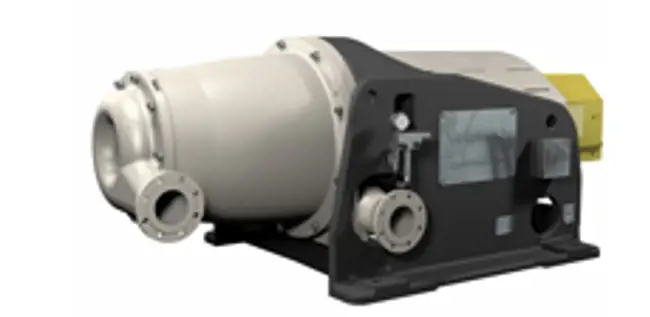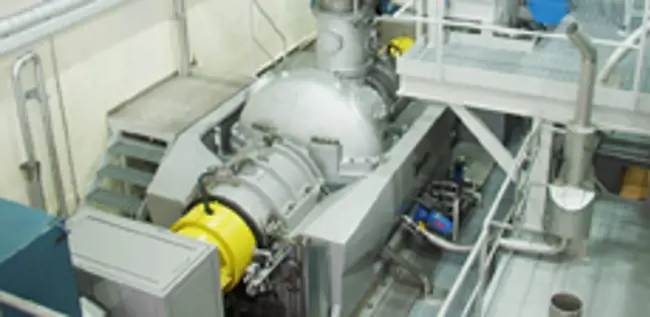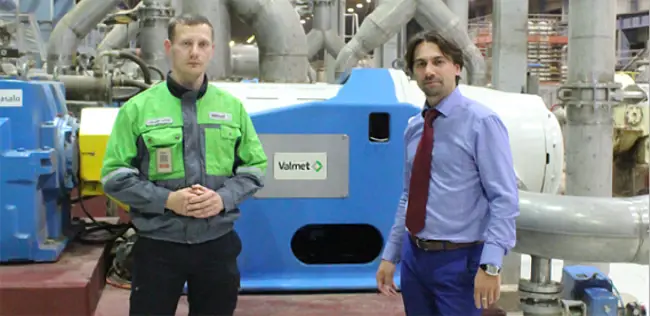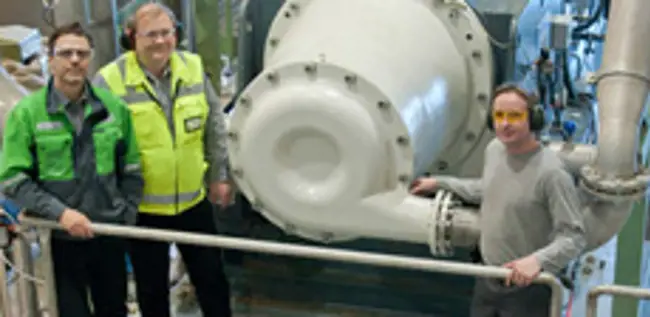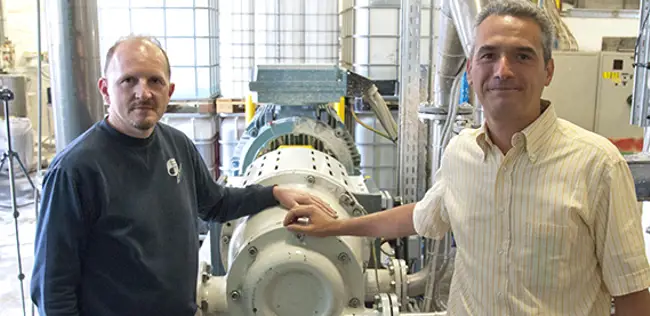Energy savings with refiner rebuild at Mitsubishi Paper’s Hachinohe Mill in Japan
Apr 29, 2020
To secure its competitiveness, Mitsubishi Paper Mills Limited, a manufacturer of high-grade printing and communication papers, conducted a refining rebuild at their Hachinohe mill in Japan in 2019.

The company selected Valmet’s high-capacity conical refiner as a solution to both increase end-product quality and decrease the energy consumption of the PM2’s refining process.
A high-quality solution from idea to operation
Refining plays a decisive role in developing both stock fiber properties and final paper properties such as strength. It also greatly affects a paper machine’s runnability and is a major energy consumer in a mill. Mitsubishi Paper trusted Valmet’s refining expertise and high-quality technology because of the excellent results described in several references from around the world.
“We’re very satisfied with the energy-saving effect of 30 percent, the reduction of maintenance costs and the refiner’s easy operation method for our operators. We can now produce almost all our product grades with a single Valmet high-capacity refiner instead of the two old refiners,” says Mr. Hajime Endo, Manager of No.1 Paper Production, Operation Department at Mitsubishi Paper’s Hachinohe mill.
The right solution was justified by conducting pilot trials at Valmet’s Fiber Technology Center, where they were comprehensively compared with the PM2’s actual production conditions.
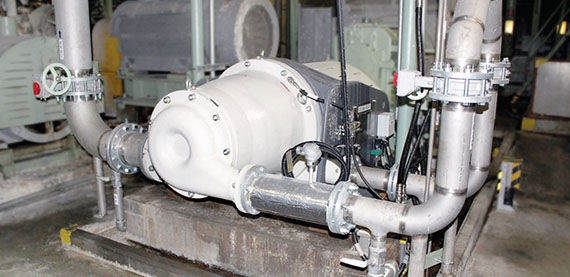
In the Valmet high-capacity refiner, the stock is fed at both ends of the refiner, which enables even fiber distribution to the refining zone. The fibers are distributed inside the refiner using a flow-through principle, which results in a much smaller refiner size compared to a conventional refiner with a similar capacity. As a result, it is possible to reduce the number of refiners required, which significantly reduces power consumption.
High fine paper quality secures competitiveness
Now, after the rebuild, the fibers are refined in a low energy uniform refining process that improves paper formation and internal bond strength, while providing wide production flexibility. “We believe we can produce high-quality fine papers by improving the paper strength. Another advantage of the improved refining process is our ability to produce many product varieties with a wide basis weight range, which means increased flexibility,” states Mr. Endo.
Improved performance and fluent operation
The new refining process also brings advantages to the operators’ daily work, because even pulp quality has stabilized both operations and quality.
“Daily refining process tasks like refiner switching have been reduced in operations. Maintenance work is easier too, because it is possible to estimate the replacement time of the refiner segments and do not need to maintenance multiple refiners. And problems like pulp leakages from the seal part we had before the rebuild have been eliminated,” says Mr. Yamato Hamada (Technical staff), of No.1 Paper Production, Operation Department at Mitsubishi’s Hachinohe mill.
Daily refining process tasks like refiner switching have been reduced in operations.
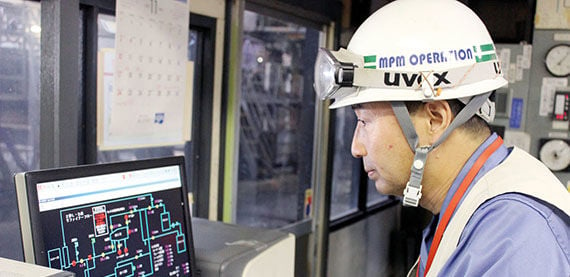
Vast knowledge and expertise
According to Mitsubishi Paper, the main factor in remaining competitive is to reduce operating costs through energy and raw material savings. This requires experienced partners with excellent technical capabilities and problem-solving skills.
“We’re very satisfied with the vast technical support from Valmet in the optimization of both operations and quality. We’re especially grateful for the proactive proposal of Valmet conical refining technology as an energy-saving solution. We received a lot of accurate advice and proposals during the project and solved all the challenges together,” Mr. Endo summerizes.
We’re very satisfied with the vast technical support from Valmet in the optimization of both operations and quality.
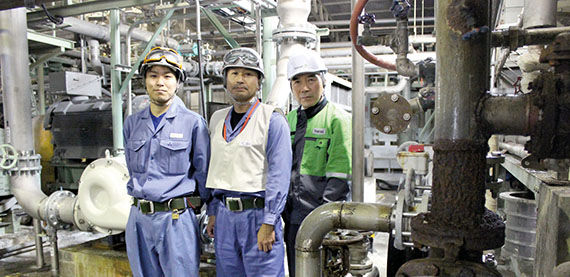
“We’re very satisfied with the energy-saving effect of 30 percent, the reduction of maintenance costs and the refiner’s easy operation method for our operators,” says Mr. Hajime Endo.
Three reasons to choose Valmet’s high-capacity conical refiner
The high-capacity refiner is unrivalled in its ability to produce the desired pulp quality for three main reasons.
First, it is a single gap machine. The refining gap is equal throughout the refiner, unlike in double disc refiners, for example, and this single gap delivers homogeneous fiber properties.
Second, it features an accurate gap control. It is well known that the refining gap is one of the main parameters influencing the produced pulp quality. In the high-capacity refiner, gap control is very precise and quick, because servo motors are used, allowing fast and accurate control of the rotor position, and thereby the refining gap.
Third, all the fibers are treated equally because, unlike conventional refiners, the high-capacity refiner feeds the stock evenly across the bars in the refining zone and thus enables excellent transfer of mechanical energy to the fibers.
These three features of the refiner enable excellent refining process controllability, and thus positively impact the end-product properties.
Text Marika Mattila, Daisy Yang
Related articles
